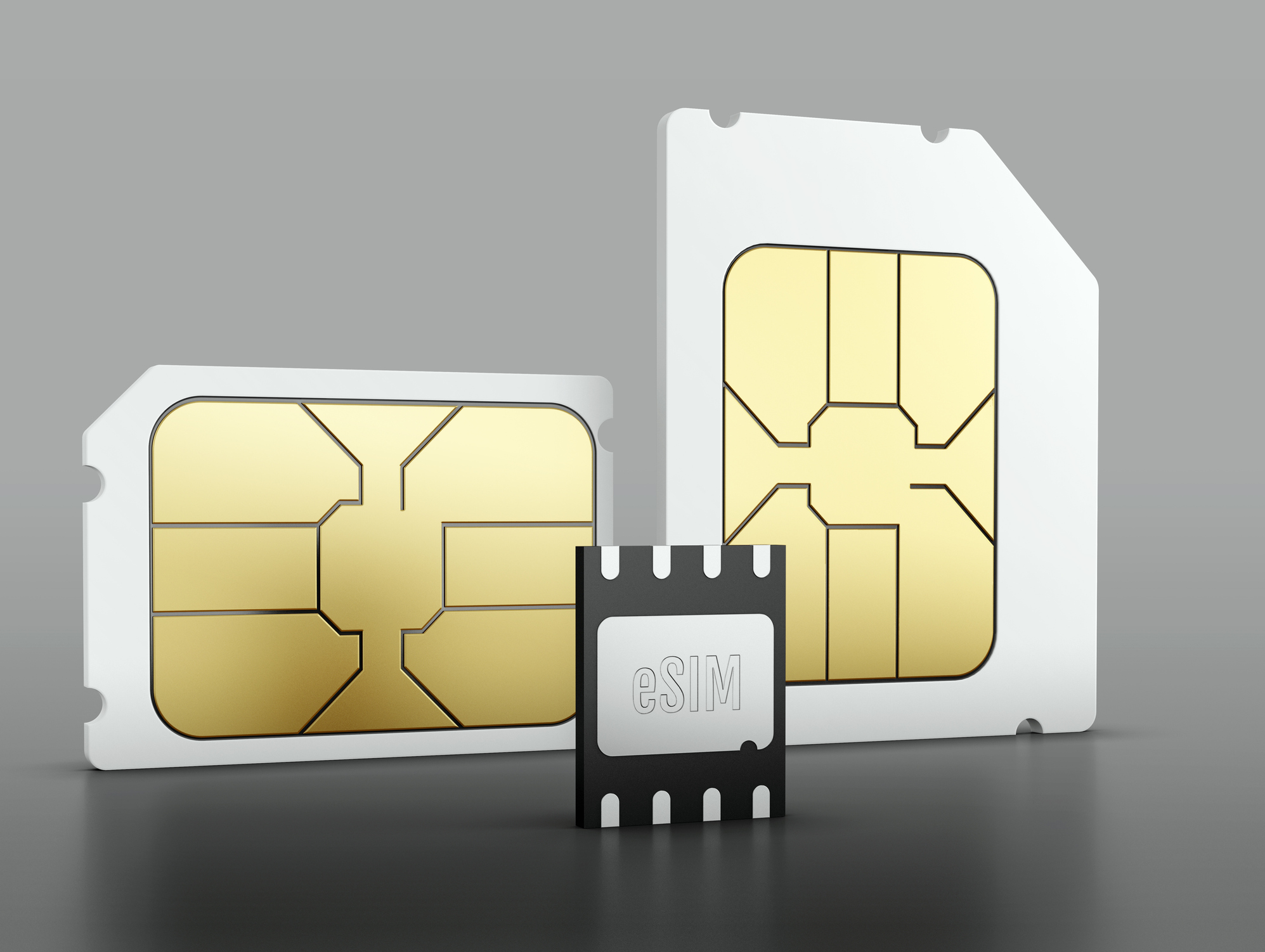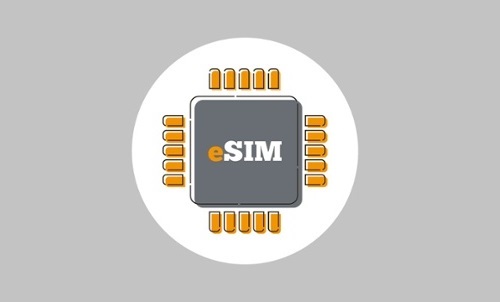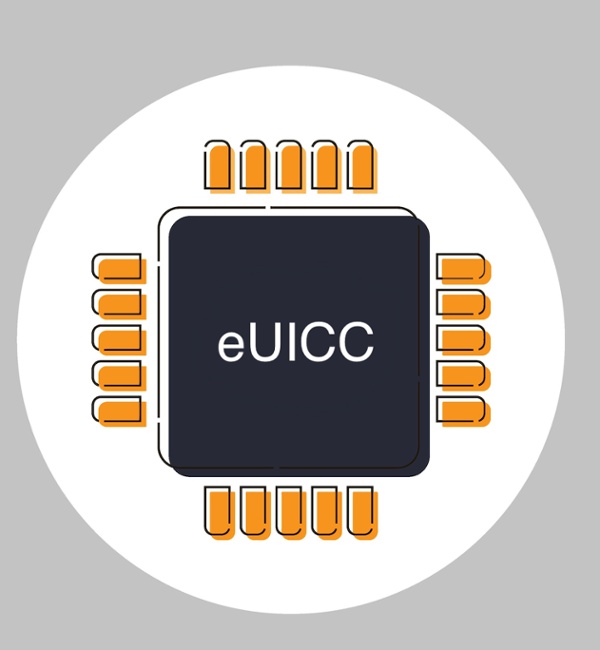

The widespread adoption of eSIM in the consumer market has triggered a lot of excitement and expectation in the IoT market. But the truth is, there is a fundamental difference between Consumer eSIM and the M2M variant that is currently used for IoT. Much about the technology remains mythicized, and a sober understanding is critical to cut through the noise and successfully implement eSIM to your IoT advantage.
Following our previous blog post on how Consumer eSIM and M2M eSIM compare, in this post, we will help you crack the eSIM code by debunking some of the most common misconceptions and suggesting the best practices around it.
Myth #1: eSIM lets me download any operator profile on-demand
Many IoT businesses envision that with M2M eSIMs they can easily switch to any local operator profile at the push of a button – whether to enjoy the cheapest connectivity rates, get better coverage, or bypass permanent roaming restrictions.
This misbelief generally comes from the Consumer eSIM experience, but M2M eSIM functions very differently. With Consumer eSIM, devices can connect to multiple operator platforms, where no integration is needed between operators.
In M2M eSIM, the remote SIM
Adding a new profile to the SM platform demands integration between your network provider and the respective carrier, alongside complex buy-in and the negotiation processes involved. As such, it’s no surprise that many vendors claim to offer eSIM, yet in fact, there is no more than one profile available for usage.
- Best practice: A multi-IMSI SIM solution already comes with multiple MNO profiles on a SIM card. The convergence of multi-IMSI and eSIM provides you with readily available operator profiles to leverage.
Myth #2: eSIM = intelligent SIM profile management
eSIM is new and shiny. So, it is easy to see why many perceive it to be the best-of-breed solution for SIM management. Well, not so fast. While eSIM is a powerful concept, it is equally important to understand what the technology, as of today, can and cannot do, especially in IoT applications.
eSIM can indeed store multiple operator profiles, but there is technically no intelligence or automation logic behind profile selection. For example, if a device travels to a new country, it will still connect to the previously activated eSIM profile, even when this profile incurs high roaming costs or infringes the permanent roaming regulation.
Ensuring devices always have the best connection where they are, requires manual profile management from download to activation and update. This is a massive workload when it comes to thousands of devices. Not to mention, each profile download often comes with a price tag that will impact your ROI.
- Best practice: Again, you can greatly benefit from the winning combination of eSIM and multi-IMSI. eSIM lets you download and update profiles on the SIM cards, whereas multi-IMSI provides the embedded logic needed to automatically select the optimal profile when a device travels to a new country.
Beware that profile downloads and updates are operationally complex. So, it is recommended to have the relevant profiles preloaded on the SIM cards and to select a connectivity provider that can help you manage their lifecycle.
Myth #3: eSIM = no physical SIM cards
This is probably one of the most common misunderstandings out there, as the term eSIM has been used interchangeably to denote two different technologies. One is eUICC and remote SIM provisioning, which is what we refer to in this article. And the other is the MFF2 embedded SIM form factor.
Consumer eSIM mostly works on MFF2 SIMs that are already soldered onto smartphones during manufacturing. That’s why many misinterpret that eSIM doesn’t require physical SIM cards. The truth is, M2M eSIM is compatible with all SIM form factors, and MFF2 itself is a physical SIM that needs to be built into the device.
Another confusion revolves around eSIM vs iSIM. iSIM, or integrated SIM, refers to a newer SIM design where the SIM operating system, including the operator profile, is integrated directly into the processor module of the device. Simply put, it functions as a digital SIM where there is no need for physical cards. That said, as with other form factors, iSIM can provide remote SIM provisioning (eSIM) ability, but it is not a prerequisite.
- Best practice: Revisit your connectivity requirements when looking for eSIM. Many times, it is rather a form factor decision to simplify hardware design and QA processes.
Myth #4: eSIM allows for easy vendor migration
One of the biggest eSIM promises is the ability to migrate away from your existing vendor without the logistical nightmare of swapping the SIM card for every device in the field. It provides IoT Enterprises with a risk mitigation measure against service disruption in case their network provider’s business is turned upside down.
Nevertheless, it is not to say that you can easily switch to a new provider simply for, let’s say, cost reasons. Vendor migration is indeed possible with eSIM, but it entails critical ramifications to consider.
When you change your eSIM vendor, your existing devices will also need to be migrated to the new subscription management backend. This process is called Subscription Management – Secure Routing (SM-SR) swap. It is not required in Consumer eSIM, as SM-SR is a unique component pertinent to M2M eSIM architecture for secure delivery of the operator profiles.
The SM-SR swap involves a six-digit expense, plus a fee per every migrated SIM and a project management premium.
- Best practice: Evaluate whether this is a feasible use case considering your deployment size. As a rule of thumb, the migration won’t be economically viable for deployments with fewer than 50,000 SIMs.
Conclusion
Even when working with one connectivity provider, you can reap enormous benefits from eSIM. The possibility to update the SIM card over its lifecycle allows you to future-proof your deployment against disruptive network and pricing changes further down the road. This has a strategic significance as IoT devices often have a lifetime that spans decades.
Having said that, eSIM technology used in IoT today is far from a silver bullet to all connectivity challenges. Knowing how the technology works can help you fully capitalize on its advantage while avoiding false expectations that might lead to dire consequences.
At emnify, our IoT experts are ready to answer any questions you might have on eSIM. Book a meeting with us today to learn how the technology can fit into your IoT solution.
Get in touch with our IoT experts
Discover how emnify can help you grow your business and talk to one of our IoT consultants today!

Nhu has over six years of experience working with networking technologies and IoT connectivity solutions. She’s an avid tech learner with a customer-focused mindset.


